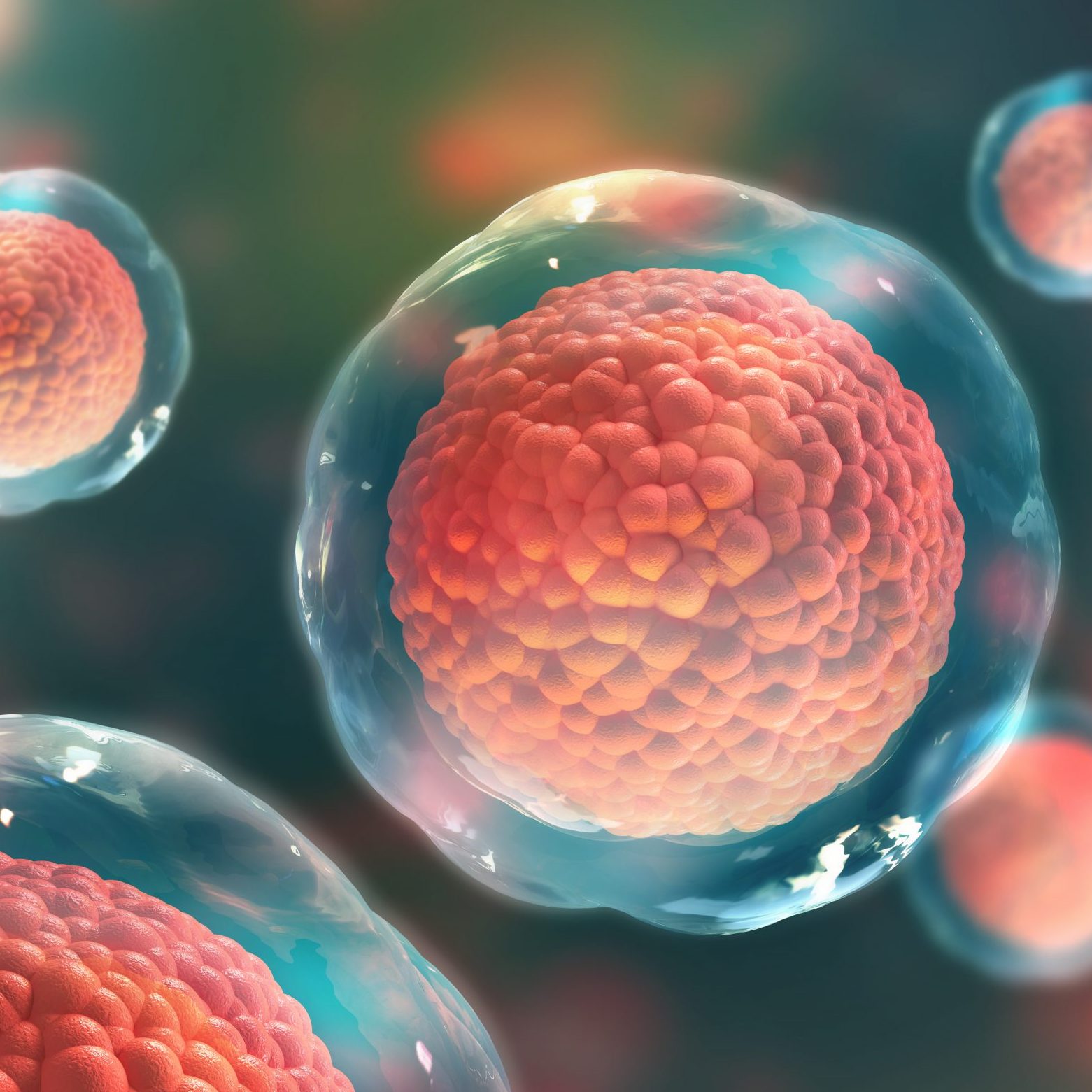When Dan Doctoroff first learned that his father and uncle both carried the C9orf72 genetic mutation, the most common genetic cause of ALS, he understood, with startling clarity, that this disease was not just part of his family’s past. It was a looming possibility for his own future, and for his children. “That realization made the disease intensely personal,” he reflected. “Suddenly, it wasn’t just about honoring their memory. It was about confronting the possibility that it could affect me and my children”.
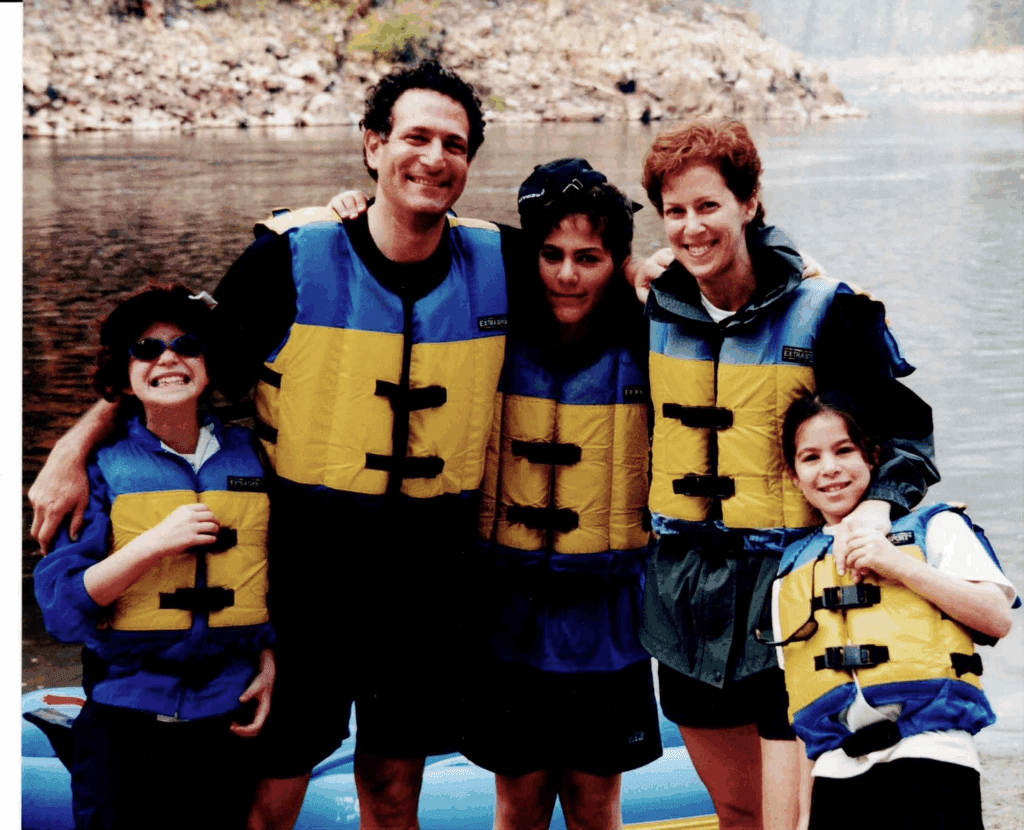
That moment of reckoning became a catalyst. Dan, a builder by nature; of companies, cities, and now movements, channeled his drive into founding Target ALS. Alongside his wife, Alisa, he has shaped an organization that not only accelerates discovery but also redefines how ALS research is done: collaborative, inclusive, and relentless.
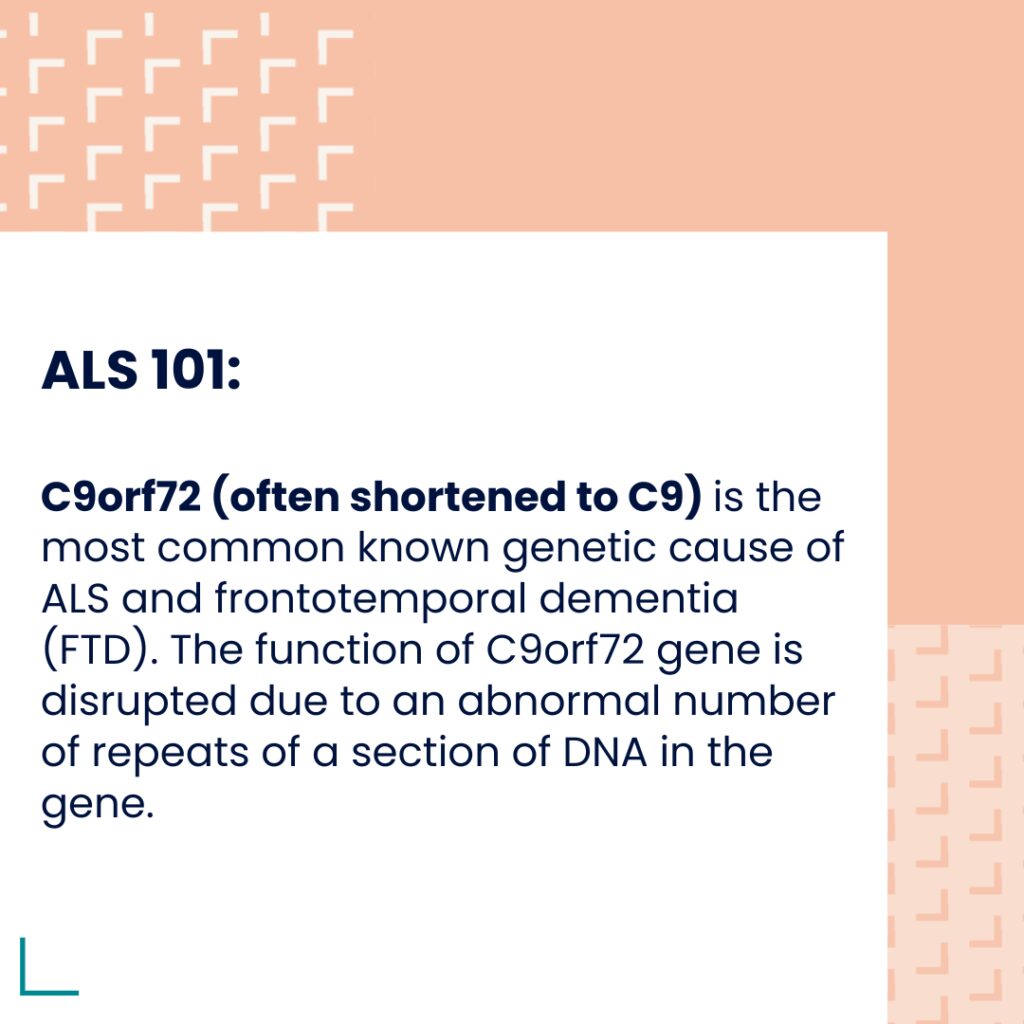
Understanding C9: From Mystery to Urgency
From the start, understanding the biology of the C9 mutation and accelerating the findings towards drug discovery has been an area of focus for Target ALS’s scientific strategy. Found in ~40% of familial ALS and ~7-10% of sporadic cases, C9 also links ALS to frontotemporal dementia (FTD), demonstrating that these diseases are on a spectrum of the same neurodegenerative disorder. For Dan, this was transformative: “The discovery of the C9 mutation underscored that these diseases share genetics and biology. Insights in one can accelerate progress in the other.”
Alisa remembers how little was known when the C9 gene was first identified. “We didn’t know about C9 at all, which actually tells you a little bit about the development of knowledge about ALS,” she explained, reflecting back on the last two decades of discoveries in ALS. “That gene mutation, as a connection to ALS, was not discovered until after Dan’s father died in 2002.”
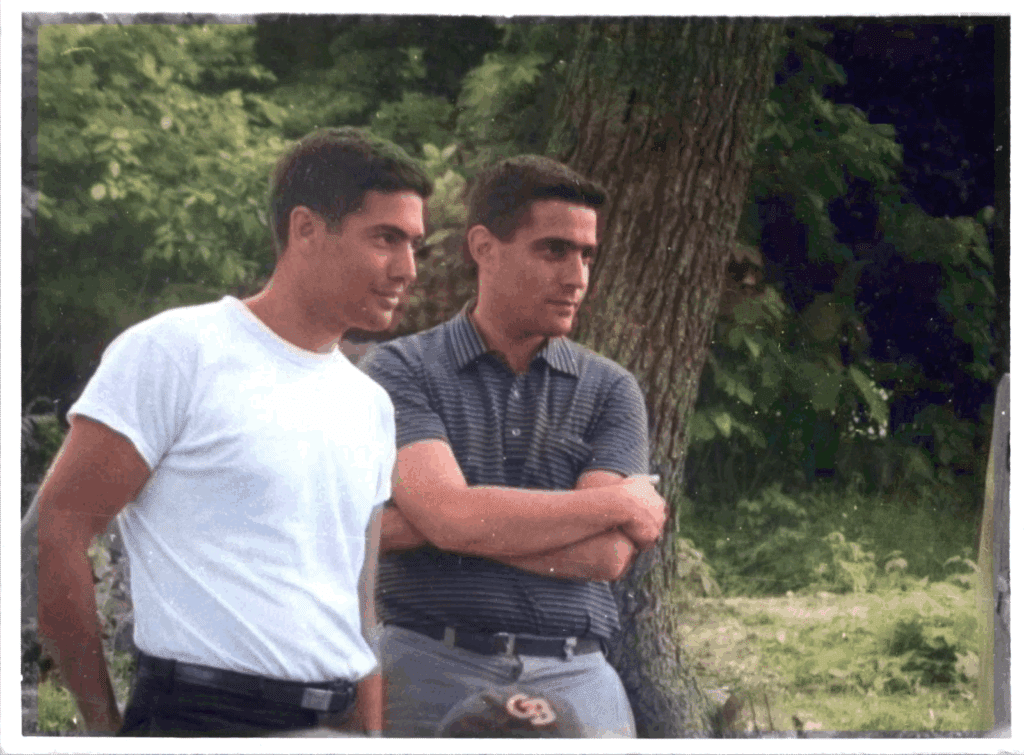
Even when genetic testing for C9 became possible, after its discovery in 2011, the question of whether Dan should find out if he was a carrier or not loomed large. “Why be tested? There’s nothing we can do about it. Why know if there’s no intervention?” Alisa recalled. “Why have that hanging over your head?”
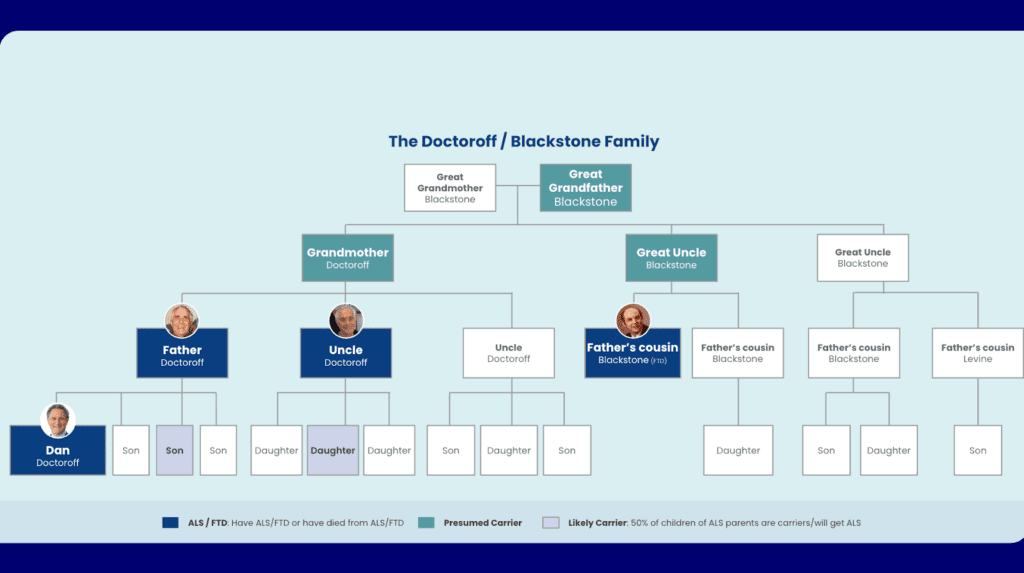
The irony came later: Dan was ultimately diagnosed with ALS himself in 2021 yet tested negative for C9. He said, “It was a shock. It was disorienting and, in some ways, even harder to process, because it underscored just how unpredictable and complex this disease truly is.”
For Alisa, the uncertainty has been one of the hardest aspects to navigate, not just in terms of how their family got to this point, but what the future holds. However, her optimism persists. “I have children and grandchildren. This has implications for them. I’m expecting that we have time to figure out what can be done either in advance of diagnosis or to change outcomes.”
Her sense of urgency is clear: “There is urgency for the people who are alive now, for the people who are going to be needing to be diagnosed tomorrow, next year, and the year after. And it’s not insignificant. One in 400 people are going to get ALS. That’s significant. And it’s around the world.”
Lessons Hidden in Setbacks
The path of C9 research has not been linear. The first antisense oligonucleotide (ASO) trial targeting C9, BIIB078 by Biogen, succeeded in engaging its target but failed to improve symptoms. For some, this might have seemed like failure. But the Doctoroffs see it differently.
“There is so much to learn and not every clinical trial is going to be successful. This is the way science works. You ask a question, and then based on what the response is, it branches out into more questions,” Alisa reflected.
Dan too frames it within a philosophy of the “long arc of innovation”, where nothing meaningful ever happens overnight. He explained, “ALS research is no different from other innovations. There are setbacks, but I’ve never viewed them as failures; they’re steps on the path forward.”
Breakthroughs on the Horizon
Today, Target ALS is fueling some of the most ambitious C9 research to date. New-generation antisense oligonucleotides (ASOs) are showing potential to restore healthy TDP-43 protein levels and reduce toxic proteins in patient stem cell models. At the same time, cutting-edge approaches like CRISPR-Cas9, capable of rewriting harmful genetic instructions, are moving from science fiction to funded reality.
Despite his personal struggles with the disease, including increasing physical challenges, Dan finds these advances inspiring, deepening his optimism. He explained, “As someone living with ALS, that possibility is profoundly meaningful. It represents not just incremental progress, but the chance to fundamentally alter the trajectory of the disease. What excites me just as much is seeing world-class academic scientists and biotech partners working side by side through our Target ALS consortia to move these technologies from concept to clinical reality.”
He added, “When I was first diagnosed, progress was limited. Today, because of collaboration across the field and the work of organizations like Target ALS, we have a much deeper understanding of the disease, multiple drug discovery programs in the industry, new drugs in clinical trials, and unprecedented momentum. That arc of innovation is bending toward hope, and even the toughest setbacks are part of the journey to get to a world where everyone lives with ALS.”
Alisa, who has been a witness to Target ALS’s evolution, said, “What’s been inspiring to me is to see the research culture change and to hear from scientists their appreciation of that culture. At the Target ALS annual meeting, you hear people say, ‘this is the place I need to be’. The culture here is different, it gives them energy and there’s an excitement that this culture of collaboration and openness has brought to the fore.”
Beyond the Lab: Building a Movement
For the Doctoroffs, democratizing ALS research is as vital as advancing the science itself. Dan is clear: “It’s not just about who is represented in a clinical study. It’s about who has a voice in shaping the questions and directions of research. That includes emerging scientists, researchers from different countries, and communities historically left out”.
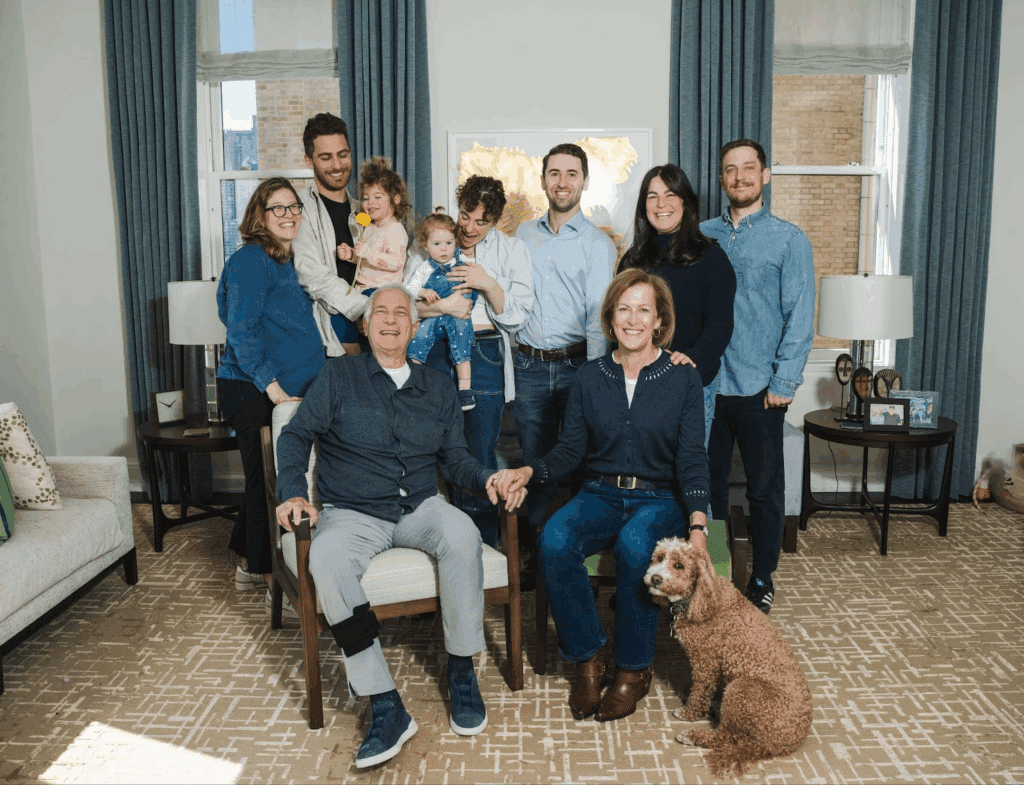
This conviction is why Target ALS invests in initiatives like the ALS Global Research Initiative (AGRI), ensuring underrepresented groups are central to global research efforts. .
Alisa noted that Target ALS has a role to play in pursuing high-risk, high-reward approaches, spanning fundamental biology to translational projects. She said, “I think we have to take pathways, some of which may have more risk but more reward. And we have to be balanced in how we think about our resources. We have to also invest in basic science so we understand what the pathways are.”
Looking Forward
Both Dan and Alisa speak with urgency but also with hope. Dan shared: “My mission for the C9 community is to turn the hardships of our shared experience into purpose by driving research that transforms C9 from a genetic sentence into a pathway toward effective treatments and hope for every family.”
Despite the mystery and uncertainty, the Doctoroffs remain focused on possibility. Alisa highlighted the promise of therapies on the horizon: “There is an approved therapy for people with confirmed SOD1 mutations, that in some instances has slowed symptoms. So that gives me hope that there is a possibility not only for people with C9, but also just in general.”
From one family’s story to a global movement, the Doctoroffs have transformed proximity to ALS into a force for progress. Focusing on C9 is not only about decoding a mutation, it’s about rewriting what’s possible for people with all forms of ALS, their families, and future generations.
